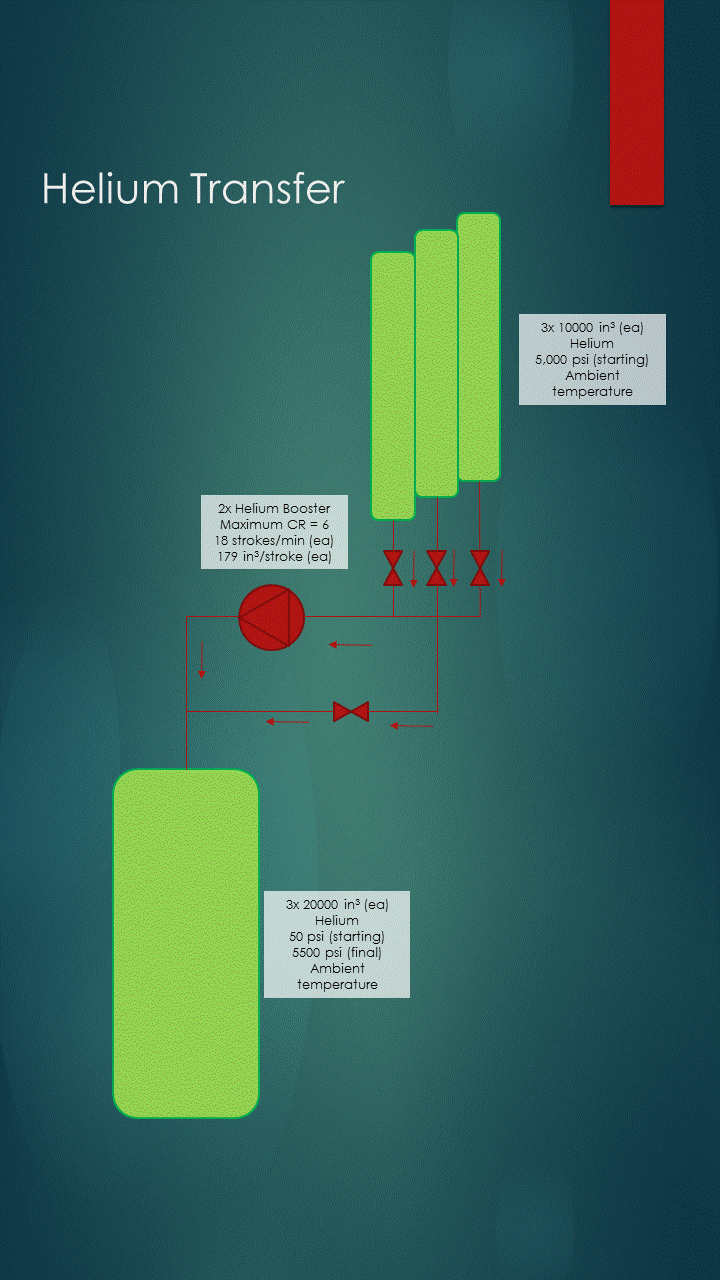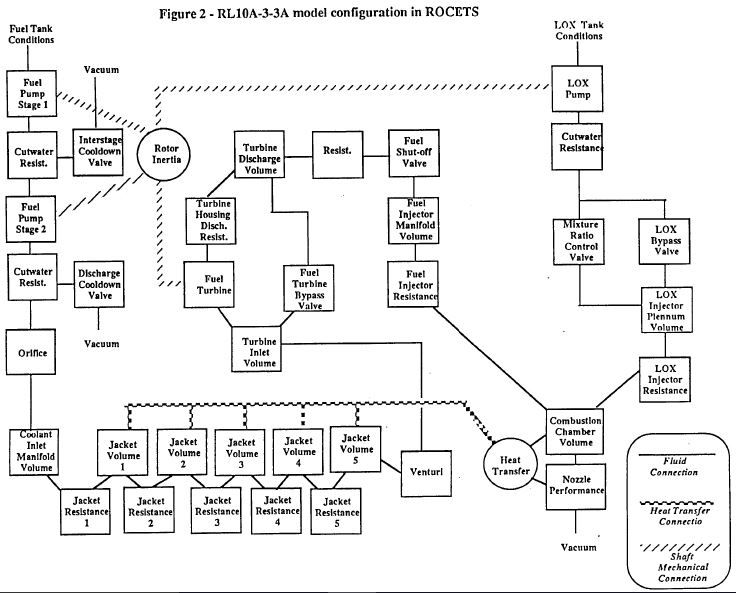Firefly Alpha
As an early engineer at Firefly, my job was to create engine models that could easily be modified to predict test engine performance on-the-go. ROCETS was the right solution, although I also created my own generic, quasi-transient simulation code first. Over two years at Firefly I created countless ROCETS models. These models spanned the engine test site, launch operations loading, and full rocket system transient models including pressurization, ullage collapse, combustion, RCS thrusters, and more.

GNU Fortran Port
This was not a "hard" task, but hunting down and deciphering the changes that need to be made to switch from Intel to GNU Fortran is time-consuming. By undergoing this task, I learned a lot about how ROCETS works under the hood. I am now more capable of porting external Fortran codes into ROCETS or communicating with ROCETS from external software, like a trajectory simulation. For multiple users, the Intel compiler can cost over $6000. I documented everything I did to port the software and can easily help you get going with the GNU compiler.
![2000px-GNU_Compiler_Collection_logo.svg[1].png](https://static.wixstatic.com/media/3486e8_04a81598b239444db76afc203c7d6705~mv2_d_2000_2360_s_2.png/v1/crop/x_0,y_93,w_2000,h_2173/fill/w_460,h_500,al_c,q_85,usm_0.66_1.00_0.01,enc_avif,quality_auto/2000px-GNU_Compiler_Collection_logo_svg%5B1%5D.png)
Helium Transfer
Goal: Using three high-pressure helium bottles, fill a larger, but lower-pressure helium bottle to a desired condition using the optimum combination of blow-down and boosting.
Methods:
-Establish a control scheme whereby the state of the fill valves and helium booster are easily controlled from the RUN file, so that the configuration may be left always unchanged while the control scheme is optimized.
-Model the booster as a "break" in the flow network where the downstream properties are balanced to match given pump curve properties and fluid states are found using a pressure-entropy look-up
-All other parts of this model can be created using standard ROCETS modules
-NOTE: Initial simulations indicate that a chiller will need to be added downstream of the pump unless the desired end state is very hot. In fact, even that will not keep the destination "cold" unless the destination is actively cooled, too. This is due to compressive heating.

Other Projects
These projects demonstrate the capabilities of ROCETS but are not my own
RL-10 Engine Model
This model was used as a method of grounding the accuracy of ROCETS. It has a fairly involved fluid network and lot of test and flight data to compare ROCETS data to. The images show the simplified RL-10 schematic and ROCETS configuration schematic from the following report:
https://ntrs.nasa.gov/archive/nasa/casi.ntrs.nasa.gov/19950017370.pdf

RL-10 Simplified Schematic

RL-10 ROCETS Configuration

RL-10 Simplified Schematic
Space Shuttle Main Engine (RS-25)
ROCETS ships with an example model of the space shuttle main engine. This model includes pumps, lines, valves, nozzle cooling, pogo, etc. It is a good place to start when trying to understand the capabilities of ROCETS.
![800px-Ssme_schematic_(updated).svg[1].png](https://static.wixstatic.com/media/3486e8_9635aeb9a5994db0bf04146cb5083801~mv2.png/v1/fill/w_800,h_571,al_c,q_90,enc_avif,quality_auto/800px-Ssme_schematic_(updated)_svg%5B1%5D.png)
SSME-Schematic. Wikipedia
![800px-Ssme_schematic_(updated).svg[1].png](https://static.wixstatic.com/media/3486e8_136aa6b329d34639a4ac8f7b09d0e95d~mv2.png/v1/fill/w_800,h_571,al_c,q_90,enc_avif,quality_auto/800px-Ssme_schematic_(updated)_svg%5B1%5D.png)
SSME-Schematic. Wikipedia
![800px-Ssme_schematic_(updated).svg[1].png](https://static.wixstatic.com/media/3486e8_9635aeb9a5994db0bf04146cb5083801~mv2.png/v1/fill/w_800,h_571,al_c,q_90,enc_avif,quality_auto/800px-Ssme_schematic_(updated)_svg%5B1%5D.png)
SSME-Schematic. Wikipedia
